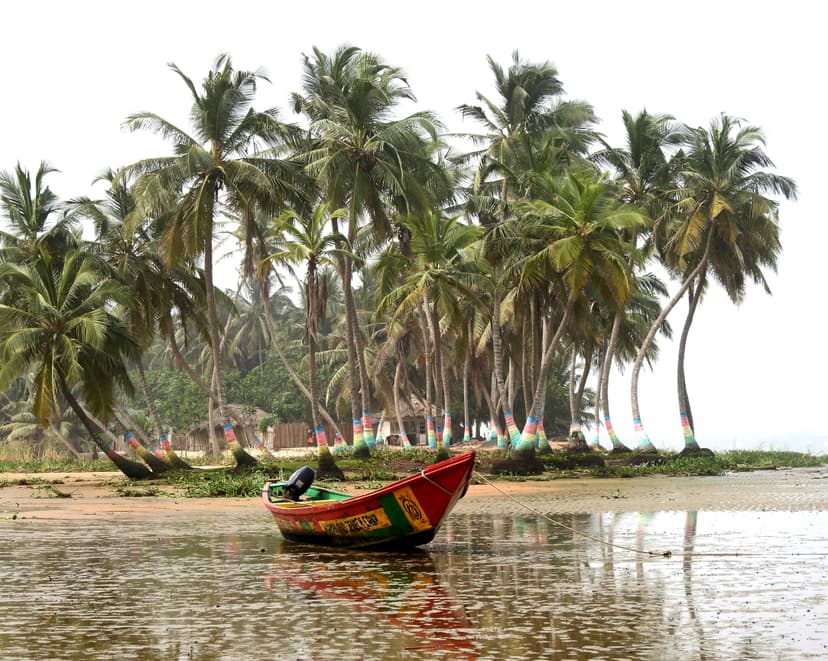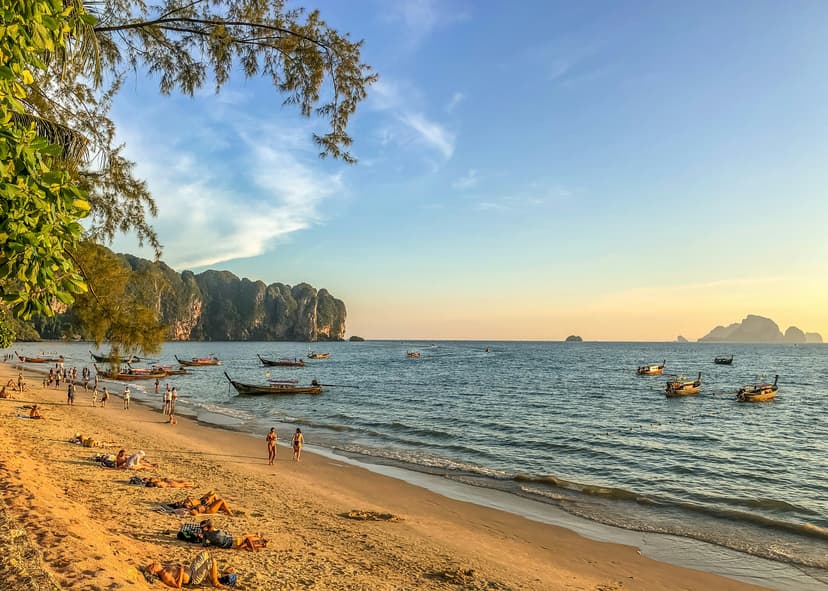Student Visa Guide: Studying Abroad Made Easy
A student visa is essential for international students planning to study abroad. Each country has its own visa requirements, and understanding the process can make your application smoother. Here’s a step-by-step guide to help you navigate student visa applications effortlessly.
1. What is a Student Visa?
A student visa is an official document that allows foreign students to study in a foreign country for a specific period. It is typically granted based on admission to a recognized educational institution and proof of sufficient funds.
2. Types of Student Visas
Most countries issue two main types of student visas:
- Short-Term Study Visa – For courses lasting less than six months (e.g., exchange programs, language courses).
- Long-Term Study Visa – For degree programs (bachelor’s, master’s, PhD) that last several years.
Some countries offer additional categories like post-study work visas or dependent visas for family members.
3. Popular Study Destinations & Their Visa Requirements
CountryVisa TypeWork Allowed?Processing Time🇺🇸 USAF-1 VisaYes, on-campus (20 hrs/week)4–6 weeks🇨🇦 CanadaStudy PermitYes, 20 hrs/week4–8 weeks🇬🇧 UKStudent Visa (Tier 4)Yes, 20 hrs/week3–4 weeks🇦🇺 AustraliaStudent Visa (Subclass 500)Yes, 48 hrs/week4–6 weeks🇩🇪 GermanyNational Student VisaYes, 120 full days/year6–12 weeks🇫🇷 FranceVLS-TS (Long-Stay Study Visa)Yes, 20 hrs/week3–8 weeks🇳🇱 NetherlandsMVV + Residence PermitYes, 16 hrs/week4–8 weeks 4. General Student Visa Requirements
Most countries require:
✅ Valid passport (with 6+ months validity)
✅ Letter of acceptance from a recognized institution
✅ Proof of financial support (bank statements, sponsorship)
✅ Health insurance (varies by country)
✅ Proof of language proficiency (IELTS, TOEFL, or equivalent)
✅ Completed visa application form
✅ Visa application fee
5. Step-by-Step Application Process
Step 1: Get Accepted into a University
- Secure admission from a recognized institution before applying for a visa.
Step 2: Gather Required Documents
- Ensure you have academic transcripts, proof of funds, health insurance, and passport photos as per country requirements.
Step 3: Apply Online or at an Embassy
- Some countries use online portals, while others require in-person applications.
Step 4: Pay Visa Fees & Schedule an Interview
- Fees vary by country (e.g., USA F-1 Visa: $185, Canada Study Permit: $150).
- Some countries require an interview at the consulate.
Step 5: Biometrics & Medical Exam
- Some countries require fingerprints and medical tests before approval.
Step 6: Wait for Processing & Receive Your Visa
- Processing times range from 3 to 12 weeks, depending on the country.
6. Can You Work on a Student Visa?
Many countries allow international students to work part-time. Here are the common limits:
- USA – 20 hours/week on-campus (F-1 visa)
- Canada – 20 hours/week off-campus (during study period)
- UK – 20 hours/week (during term)
- Australia – 48 hours/fortnight (during term)
- Germany – 120 full days per year
Some countries also offer Post-Study Work Visas (e.g., UK’s Graduate Route allows 2 years post-study work).
7. Student Visa Denial: Common Reasons & How to Avoid It
🚫 Insufficient funds – Provide clear financial proof.
🚫 Incomplete documents – Double-check requirements.
🚫 Weak academic background – Show strong academic intent.
🚫 Poor visa interview – Be confident and clear in your answers.
8. Post-Visa Approval: What’s Next?
✅ Book your flight & accommodation
✅ Register with the university & local authorities (if required)
✅ Get a student ID and open a bank account
✅ Explore work opportunities (if allowed)
Final Thoughts
A student visa is the gateway to global education opportunities. Plan ahead, follow the country’s requirements, and ensure you have the right documents to avoid delays. Happy studying abroad!
Written by

















